The A minor chord (often written as Am) is a foundational minor chord for anyone starting their guitar journey. It’s known for being relatively simple to learn, especially when compared to some of those trickier chords like the F major. If you’re looking to expand your chord vocabulary beyond major chords, A minor is an excellent place to begin.
Let’s break down how to play A Minor On Guitar step-by-step, making it accessible and easy to understand.
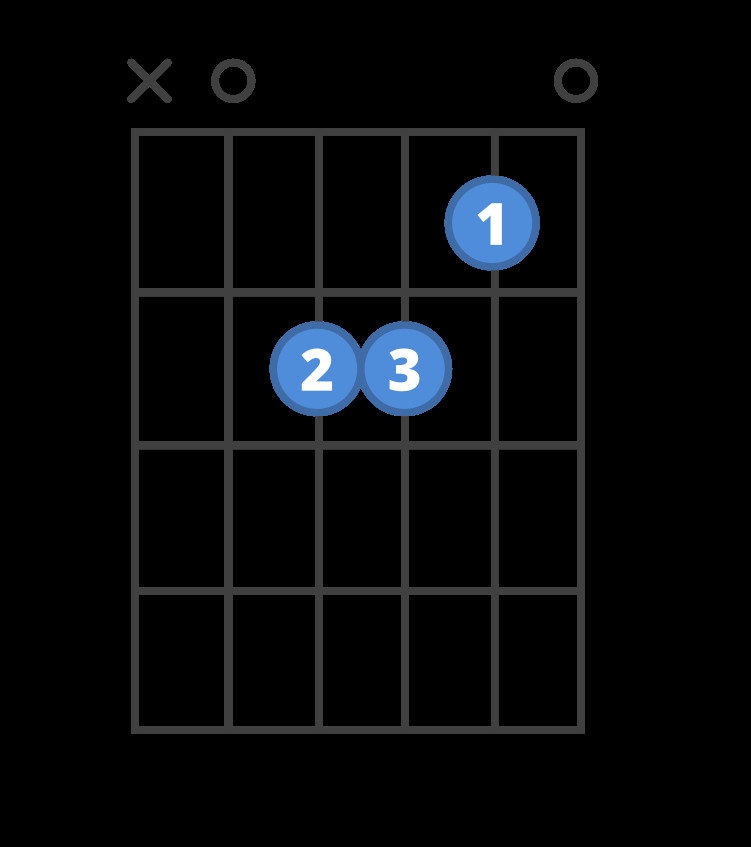 Chord diagram for the Am guitar chord.
Chord diagram for the Am guitar chord.
Beginner Tip: Chord diagrams can seem confusing at first. They are read as if you are looking at your guitar headstock. The horizontal lines represent the frets, and the vertical lines are the strings. The dots show you where to place your fingers. Learn more about how to read chord diagrams to master this essential skill.
Step One: Placing Your First Finger
Start by positioning your first finger on the 1st fret of the 2nd string (B string). Remember that guitar strings are numbered from thinnest (1st string) to thickest (6th string).
When we refer to a fret, we mean the space just behind the metal fret bar, closer to the guitar’s headstock, not directly on top of the fret itself.
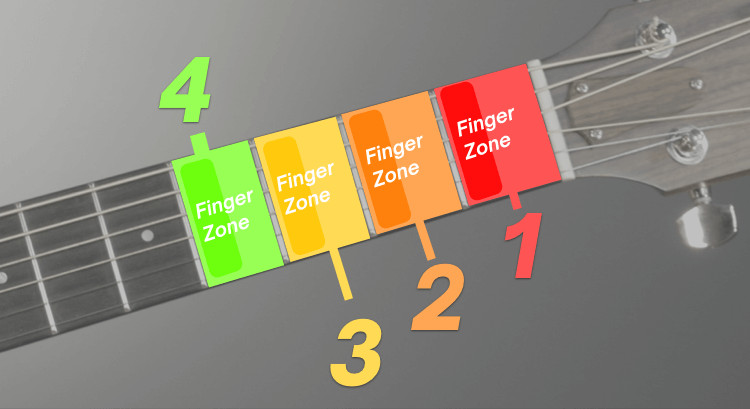 Diagram showing finger zones on a guitar neck.
Diagram showing finger zones on a guitar neck.
Looking at the diagrams above, you’ll place your first finger on the ‘orange string’ within the ‘orange finger zone’. This is the starting point for your a minor on guitar chord.
Step Two: Adding Your Second Finger
Next, place your second finger on the 2nd fret of the 4th string (D string).
 Image showing step two of forming the Am chord on guitar.
Image showing step two of forming the Am chord on guitar.
Take a moment to observe your second finger’s position. Notice how Anna, in the image, has nicely curved her finger. This curvature is important! By curving your finger, you ensure you’re only pressing down on the 4th string with the tip, avoiding muting the thinner strings underneath. This technique is key to getting a clear and resonant sound from your a minor guitar chord.
Step Three: Placing Your Third Finger
Now, place your third finger on the 2nd fret of the 3rd string (G string). You’ll need to position it right next to your second finger on the same fret, slightly tucked underneath it. You should now have three fingers fretting strings to form the Am guitar chord.
Step Four: Strumming the Chord
Some guitar chords require you to strum all six strings, while others only use a selection. For the a minor chord, you will only strum the thinnest five strings.
Position your pick or thumb just above the 5th string (A string), which is the second thickest string. Strum downwards, ensuring you play all the strings from the 5th string down to the 1st string. Avoid strumming the thickest 6th string (low E string). If you only strum the correct strings, you’ll be playing a complete and proper a minor chord on guitar.
Practice with Chord Coach
To make learning even easier, you can use a Chord Coach, like the one available in the ChordBank App. This interactive tool provides step-by-step guidance as you learn to play a minor on guitar.
 Screenshot of ChordBank App Chord Coach on an iPhone.
Screenshot of ChordBank App Chord Coach on an iPhone.
ChordBank’s Chord Coach listens through your phone’s microphone as you play, providing real-time feedback and guiding you string by string. It’s an excellent way to ensure you’re forming the chord correctly and developing good habits from the start.
Start playing Am with Chord Coach »
Beginner Guitar Lessons
If you’re completely new to guitar or finding chords challenging, consider exploring beginner-focused lessons. A structured series like “Chords For Beginners” can simplify the learning process.
These lessons will guide you through essential skills like tuning your guitar accurately, learning fundamental chords, and developing your rhythm – all crucial steps for becoming a confident guitar player.
 Thumbnail image for Chords for Beginners lesson series.
Thumbnail image for Chords for Beginners lesson series.
Explore Chords for Beginners Lessons »
Practice Smarter with Games and Flashcards
To solidify your a minor chord knowledge and make practice more engaging, utilize practice games and smart flashcards. These tools transform repetitive practice into fun and effective learning sessions.
Guitar Chord Games
Games are a fantastic way to build muscle memory and improve your chord transitions without feeling like you’re just drilling.
 Screenshot of ChordBank App Chord Coach on an iPhone.
Screenshot of ChordBank App Chord Coach on an iPhone.
Try games like Blast-o-chords or ChordPOP! within the ChordBank app. These games use your iPhone’s microphone to listen as you play. As you correctly play the Am chord and other chords, you can fire darts or trigger explosions in the game, making practice interactive and rewarding.
Play Blast-o-chords: Am »
Play ChordPOP!: Am, C, and D »
Smart Flashcards for Chord Transitions
Smoothly changing between chords is a vital skill that separates a beginner who just holds a guitar from someone who truly plays the guitar. Smart flashcards are designed to help you master these transitions efficiently.
Practicing Am to C Chord Change
The transition between a minor and C major is an excellent starting point for chord changes.
Am
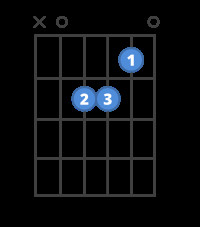 Chord diagram for the Am guitar chord.
Chord diagram for the Am guitar chord.
C
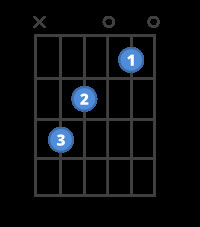 Chord diagram for the C guitar chord.
Chord diagram for the C guitar chord.
These two chords share similar finger placements. You can keep your first finger anchored in the same position while moving your second and third fingers. This shared finger makes the Am to C chord change a relatively easy transition to learn and practice.
Practice Am and C Chord Changes »
Practicing Am, C, Em, and G Chord Changes
Expanding your practice to include Em (E minor) and G (G major) chords is another great step. These four chords (Am, C, Em, G) are commonly used together in countless songs, making them a valuable combination to master.
Am
 Chord diagram for the Am guitar chord.
Chord diagram for the Am guitar chord.
C
 Chord diagram for the C guitar chord.
Chord diagram for the C guitar chord.
Em
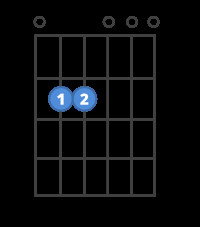 Chord diagram for the Em guitar chord.
Chord diagram for the Em guitar chord.
G
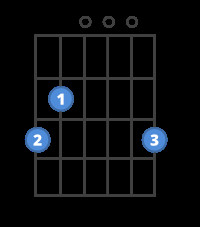 Chord diagram for the G guitar chord.
Chord diagram for the G guitar chord.
By practicing transitions between these chords, you’ll significantly improve your chord changing speed and fluidity.
Practice Am, C, Em, and G Chord Changes »
Learning a minor on guitar is a rewarding step for any beginner guitarist. With consistent practice and the right resources, you’ll be playing this essential chord and many others with confidence in no time!
About the Author:
Anna Freitas holds a B.A. from Berklee College of Music and is a performing guitarist and vocalist across New England. She is dedicated to music education and teaches guitar to students both in person and online via Skype. http://annafreitasguitar.com/

